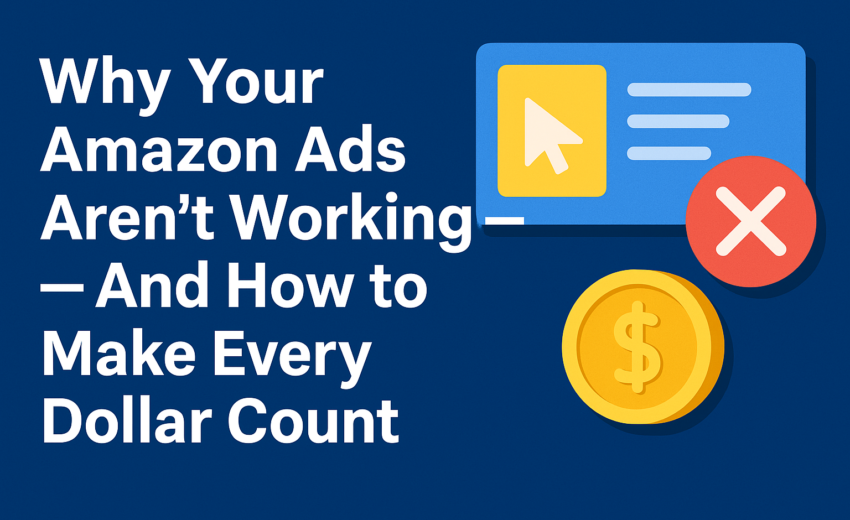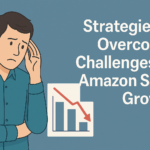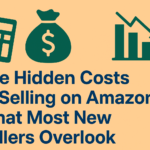
Choosing the right product is 80% of your success on Amazon. Yet, most new sellers make the classic mistake of relying on gut instinct or copying what others are doing. In today’s competitive marketplace, you need a data-driven approach to stand out and succeed.
Here’s a detailed, step-by-step guide to help you discover profitable products without guesswork.
✅ Step-by-Step Product Discovery Framework:
1. Use Data Tools – Let Numbers Guide You
Relying on intuition is risky. The best Amazon sellers depend on data tools that show real-time market insights. These tools help you evaluate:
Search volume
Sales estimates
Competition level
Trending products
Historical performance
Recommended Tools:
Helium 10 – Powerful for keyword and product research
Jungle Scout – Great for analyzing niches and sales trends
ZonGuru – Comprehensive tool with niche validation features
2. Focus on Niche Opportunities – Avoid the Crowd
Instead of competing in oversaturated markets, look for low-competition, high-demand niches. These are “sweet spots” where there’s strong buyer interest but not too many sellers.
Tips to Identify Niches:
Target products with under 200 reviews
Look for steady demand over time
Solve a specific problem for a target group
Stay away from overly generic products (e.g., “water bottle”)
3. Check BSR and Seasonality – Long-Term Sales Matter
BSR (Best Seller Rank) gives you an idea of how well a product is selling in its category. But don’t be fooled by sudden spikes—seasonality plays a big role.
What to do:
Use tools to track 12-month BSR history
Make sure the product sells consistently throughout the year
Only go for seasonal products if you have a strong launch plan
4. Validate Through Customer Reviews – Learn From Competitors
Don’t just look at what’s selling—look at why it’s selling or why it’s getting bad reviews. Reviews are goldmines of customer insights.
Here’s how to use them:
Identify frequent complaints and gaps in current listings
Look for what customers love—and keep that consistent
Create a better version of what already exists
5. Calculate Profit Margins – Don’t Forget Hidden Costs
A product might look profitable at first glance, but after deducting all fees, it might barely break even.
Always include:
Amazon referral fees
Fulfillment fees (FBA)
Shipping and packaging
Product photography and listing design
PPC ad spend
Tip: Aim for a 30–40% net margin after all expenses.
🔚 Conclusion: Product Research Is a Science, Not a Gamble
Finding a winning Amazon product isn’t about luck—it’s about strategy, tools, and insights. If you’re still guessing, you’re already behind.
Want help?
👉 Alizatouch offers custom product research services based on real market data—not hype.
We help Amazon sellers like you discover untapped niches and validate products with confidence.
📩 Ready to take the guesswork out of your product hunt?
Message us today and let’s build your next bestseller—strategically.

Strategies to Overcome Challenges in Amazon Sales Growth





